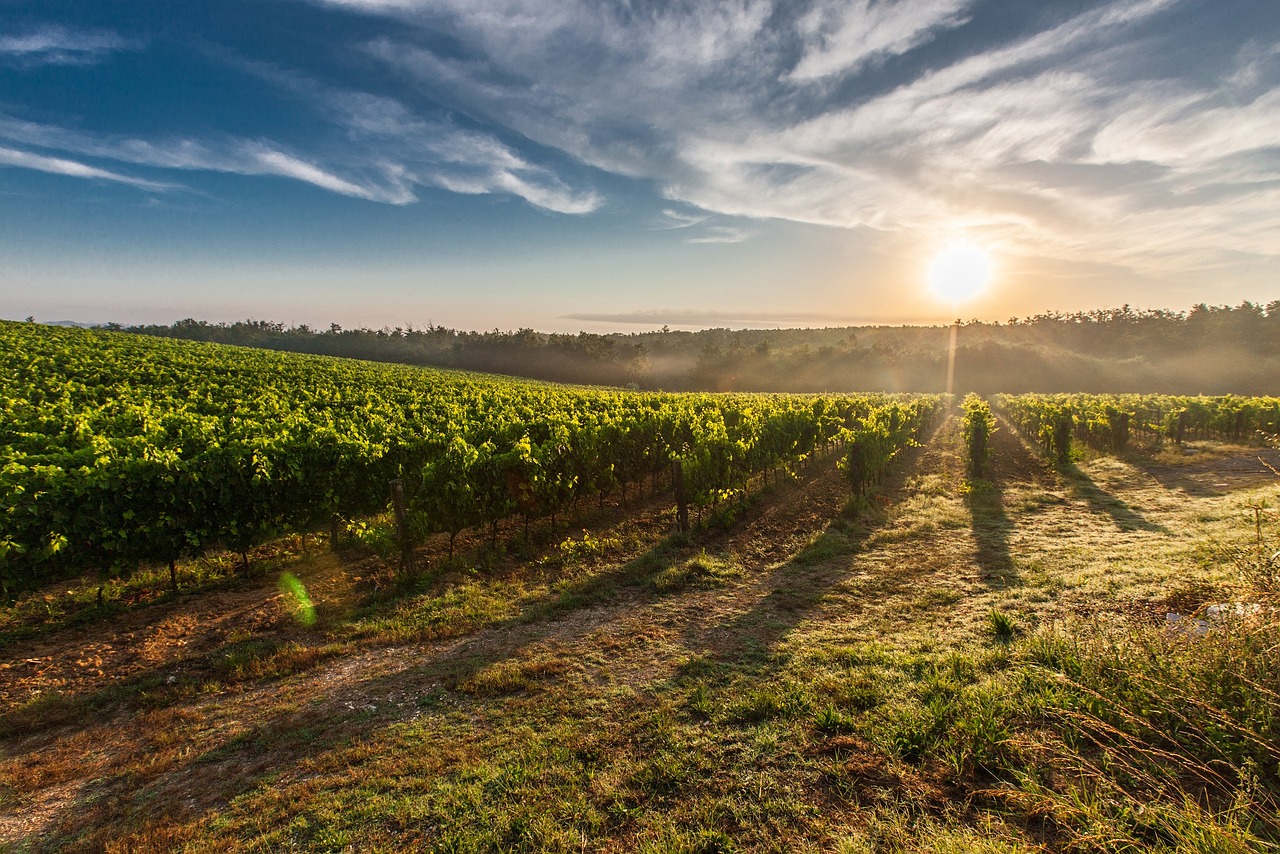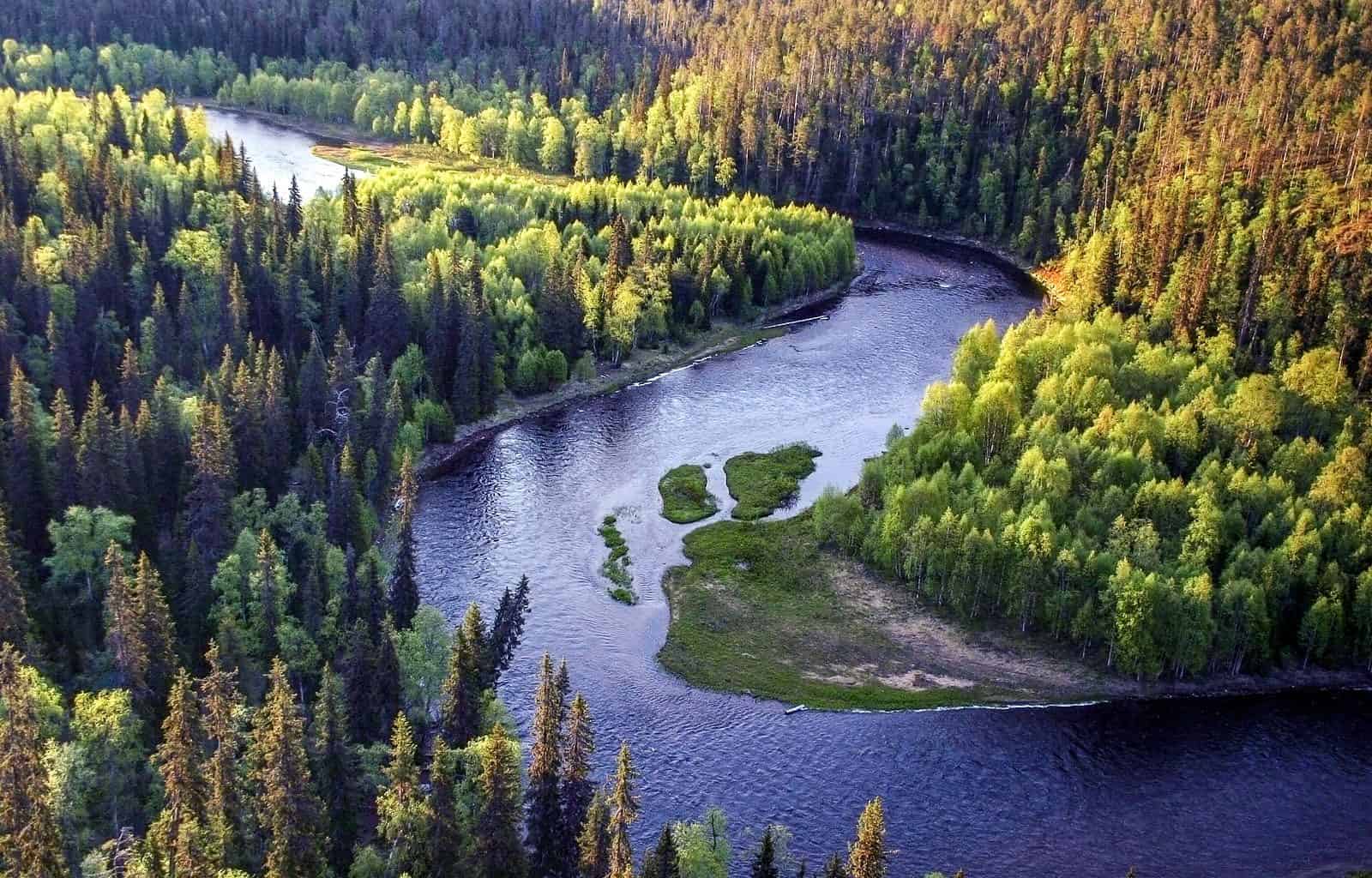How Wilderness Services Support Wilderness Values (1)
How Wilderness Services Support Wilderness Values
Wilderness areas are part of the natural capital of a region or landscape. Natural capital can be defined as an asset composed of objectively measurable attributes, such as flora, fauna and geological features. These attributes interact to provide major function, such as chemical cycling. The major functions of natural capital provides asset services to people and all other living organisms, such as oxygen to breathe and water to drink.
Like other forms of capital assets (e.g. financial, constructed, human capital), if the attributes and functions of the capital assets are protected and maintained, asset services can be provided on a sustainable basic, unless the services involves depletion of a fixed stock (e.g. crude oil extraction). In the case of Wilderness areas, most natural capital services are derived from renewable resources and therefore are in the nature of sustainable asset flows.

Natural capital services provide individuals and society with a broad array of benefits. Human, animal, and plant health benefits, for example, are often cited as major reasons for protecting and maintaining ecological services, such as chemical cycling, which are dependent upon natural capital. As a special form of natural capital, the attributes and functions of designated Wilderness areas as defined by relevant legislation (or agreement where Wilderness legislation still does not exist) provide the service described here .
The services from Wilderness provide values which can be organised into the four accounts or categories social, economic, ecologic, and ethical…
Each of the four value accounts can be linked to specific types of value measures or indicators. These measures or indicators originate from different scientific disciplines, each of which has developed its own sets of theories and scientific methods.
The services from Wilderness provide values which can be organised into the four accounts or categories social, economic, ecologic, and ethical. Zacharovanij Kraj Wilderness- Under the social account psychologists, sociologists, and anthropologists have developed social concepts of use and nonuse values and quantitative and qualitative ways of accounting for these values.
- Under the economic account, economists have developed economic concepts of use and nonuse values and economic
- impact means of measuring these values in moneys terms.
- Under the ecologic account, ecologists and other biological scientists include human life support indicators and animal and plant life support indicators.
- Under the ethical account philosophers include instrumental values and intristic values.
This subject will continue in the next post
For more information read: The Multiple Values of Wilderness









Yes, you are right! World Heritage sites includes wilderness but due to wording is ´hidden´! It is time to correct this mistake.
We have a situation at present in the World Heritage Operational Guidelines where there is no reference to wilderness as a individual World Heritage attribute. It is of course regarded as an important integrity factor for World Heritage sites significant for their biodiversity or biological processes. An obvious solution to this problem is for the word ‘wilderness’ to be included in criterion (vii) relating to natural beauty and aesthetic values.